
Bengal
Bengal
Bengal
Have you heard of Bengal cats? You may not have seen them in pet shops, so many people may be hearing their name for the first time. The most distinctive feature of Bengal cats is their rosette pattern on their body, which can be described as a leopard pattern. The Bengal cat, with its wild appearance, is one of the popular breeds among cat lovers! Let’s take a look at the personality and history of Bengal cats!
Bengal Basic Infomation
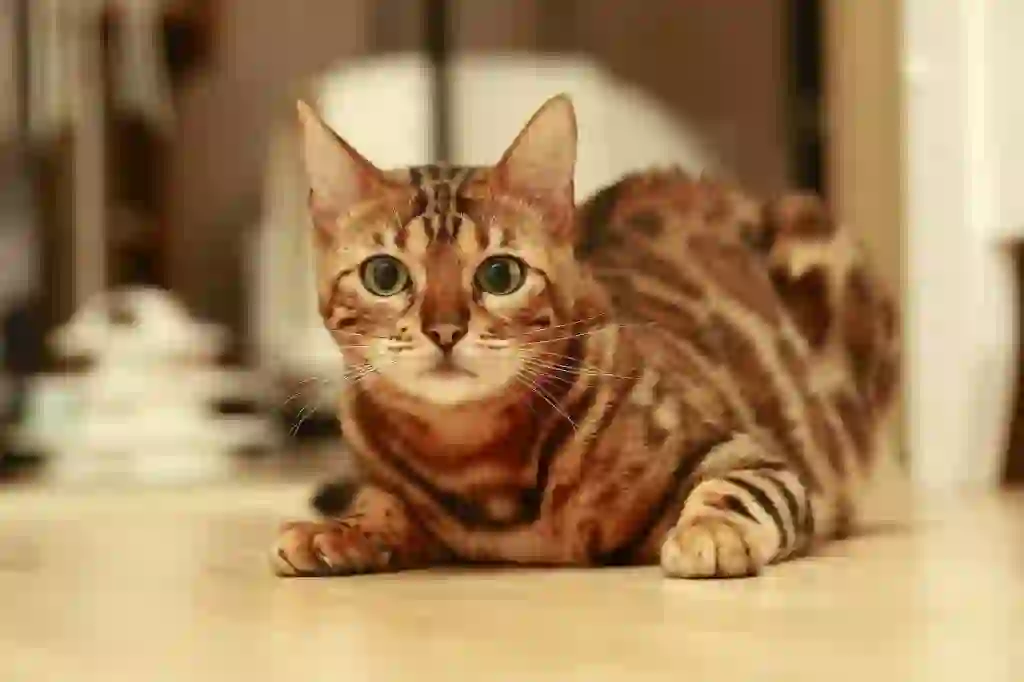
Country of origin America.
Length 55-80cm.
Weight male: 3-6kg female: 3-5kg.
Bengal cats are said to have originated from the breeding efforts of Jean Sugden Mill, a breeder living in the United States, who began breeding them in 1963.
Jean Sugden Mill obtained a wild species called the “Asian Leopard Cat” and learned that they were being poached because of their beautiful patterns. She thought, “If I can create a cat with the same pattern as the Asian Leopard Cat for pets, there will be no need to poach wild Asian Leopard Cats.” She decided to try breeding her black male cat that she had been raising.
The kittens that were born initially had the same pattern as the Asian Leopard Cat, but as they grew up, the pattern disappeared, and this breeding attempt ended in failure.
At the same time, research was being conducted at the University of California on feline leukemia. Specifically, it was said that “wild cats such as Asian Leopard Cats may have antibodies against leukemia.”
It seems that Asian Leopard Cats and domestic cats were also crossbred at this university, but when it came to continuing research, Jean Sugden Mill was entrusted with future breeding and care.
Although it initially failed, she succeeded in breeding Bengal cats using kittens that she received from there as a basis for reproduction.
In 1983, an application for breed registration was submitted to “TICA,” and Bengal cats were officially registered.
In 1985, they participated in their first cat show. The beautiful “rosette pattern (leopard pattern)” became a topic among cat lovers and breeders alike, and voices saying “I want to breed them at home!” began to rise one after another.
Breeding partners such as “American Shorthair, Abyssinian, Siamese, and Egyptian Mau” were selected. As a result of crossbreeding with various cats like these, Bengal cats developed relatively strong immunity against genetic diseases among purebred cats. This further established Bengal cats as a breed.
By the way, only short-haired Bengal cats are officially recognized as Bengals. However, long-haired kittens are occasionally born. These kittens are called “Kashmir” and long-haired breeds need to be registered separately. Some organizations are making progress on preliminary registration.
Bengal Q&A

Where does the name Bengal come from?
It is said that the Bengal cat was named after its ancestor, the “Asian Leopard Cat.” There is also a breed of tiger called the “Bengal Tiger,” but it seems to have no relation to the Bengal cat.
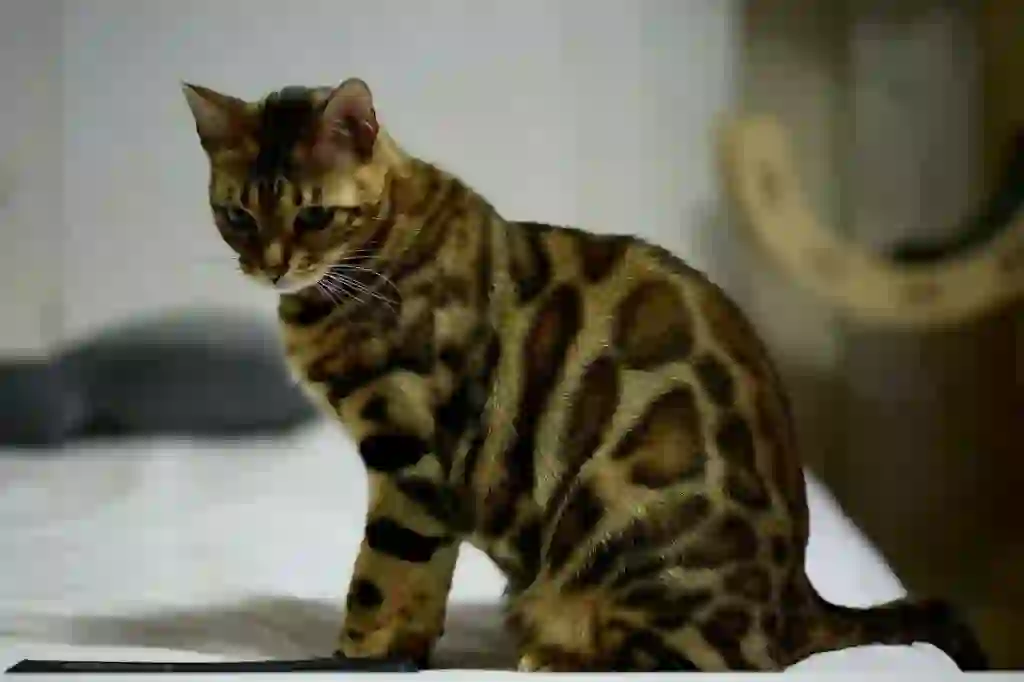
What are the color variations of Bengal?
There are brown, silver, and snow varieties.
・Tabby. Overall, only striped or spotted patterns are present.
There are blue, sapphire blue, yellow, aqua, orange, gold, green, copper, and hazel colors.
Bengal cats are only available in short-haired varieties.
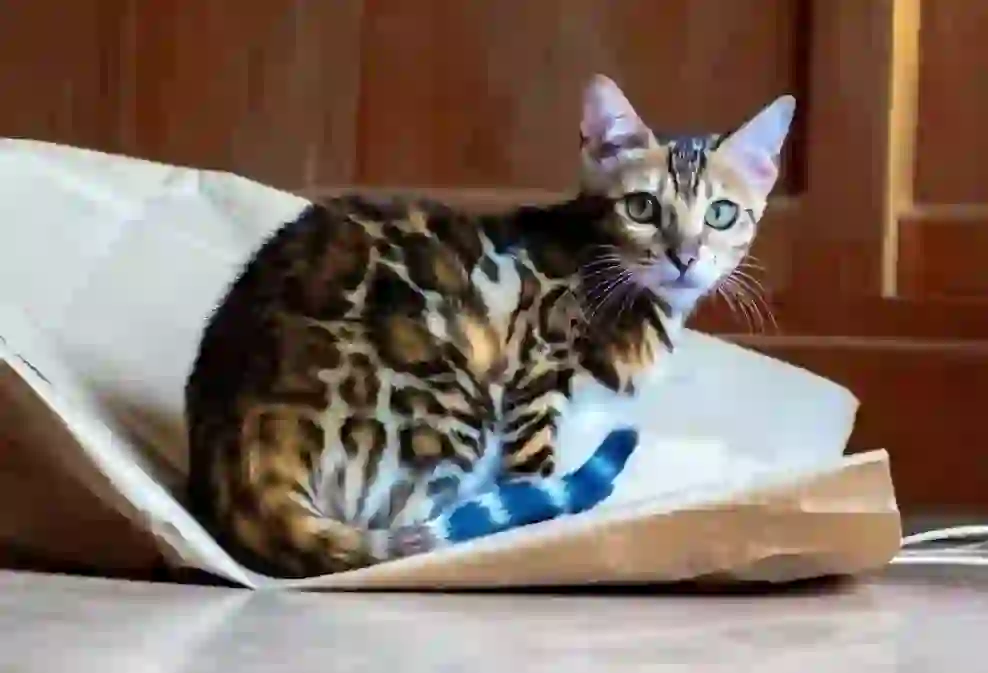
What does a Bengal look like?
The head is round and wedge-shaped, slightly elongated, and the body type is called long and substantial. The large almond-shaped and upward-slanting eyes are beautiful, and the ears are medium-sized in relation to the size of the head, but the base is wide and the tips are rounded.
The legs are of medium length and moderately muscular. Large toes are also a characteristic feature. They have a robust and sturdy body, which makes them highly athletic. The texture of their fur is soft and smooth, often described as silky.
Although their coat pattern is only tabby, it is actually divided into three major categories.
・Spot. Small dot-like spots.
・Rosette. “Donut-shaped” A characteristic pattern where black rings are connected, resembling a donut. It is the most beautiful and popular pattern among rosettes.
“Half-type” A pattern that looks like a half-donut or a crescent moon.
“Pawprint-type” A pattern that looks like a paw print. Also known as rose rosette.
“Jaguar-type” A pattern with small dots inside a donut. It is said to be very rare.
・Marble. The entire body has a marble-like pattern.
When trading Bengal cats, rare patterns or coat colors can fetch high prices.
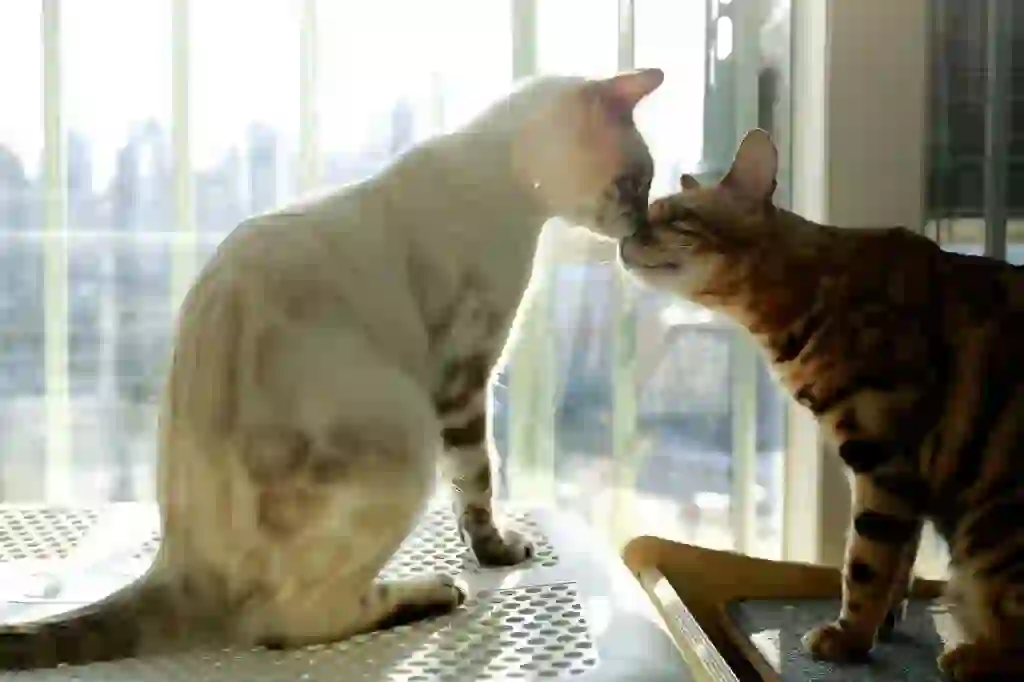
Why is the Bengal pattern only Tabby?
As mentioned in the basic information, Bengal cats originated from crossbreeding with a wildcat that had a leopard-like pattern.
Breeding continues to this day, but in order to avoid inbreeding, only the best bloodlines are used for breeding. In addition, only cats with a predetermined tabby pattern are considered Bengal cats.
※Inbreeding refers to breeding between closely related individuals such as parents and offspring or siblings.
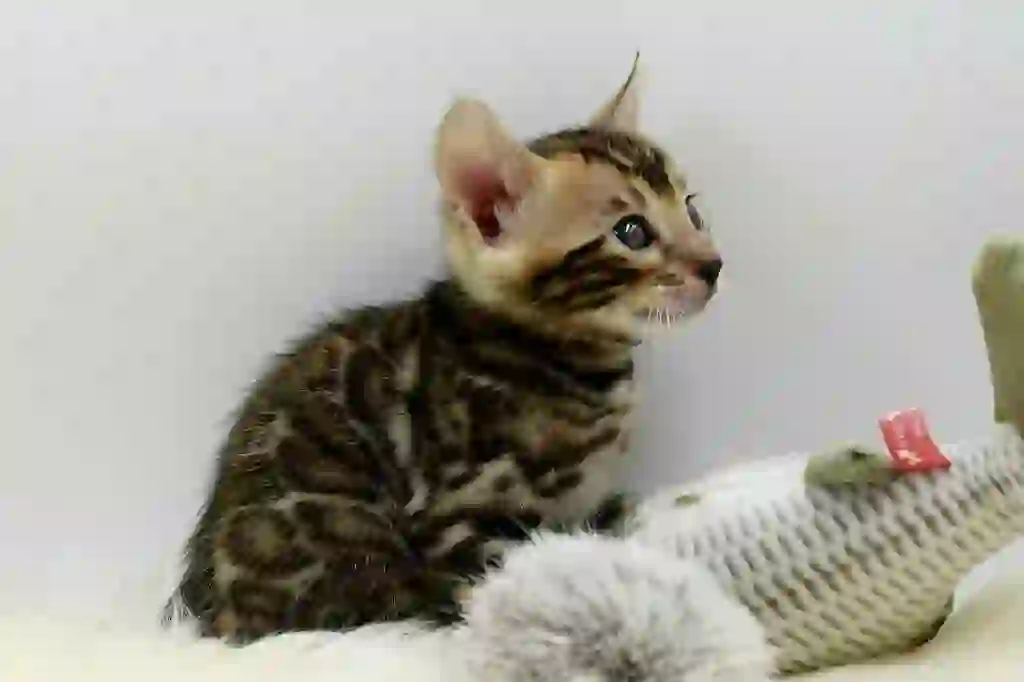
How long does it take to buy a Bengal?
When keeping animals, it is necessary to follow the laws established by each country. This time, we will talk about keeping Bengal cats at home in Japan. If you purchase from a breeder or cattery, it will cost between 200,000 and 500,000 yen. The advantage is that you can check what kind of environment they grew up in and what kind of cats their parents were.
Also, depending on the personality of the breeder, the level of trust can vary, so it is desirable to make a reservation and visit them.
In the case of pet shops, the price ranges from 100,000 to 300,000 yen, but in some cases, you can buy them for slightly less than from a breeder. However, some pet shops breed cats indiscriminately, so it may be better to avoid purchasing from shops where the breeding source is unclear.
Since Bengal cats are still relatively rare, they cost at least several hundred thousand yen. Here are some conditions that further affect their price:
・Being a kitten. ・Having excellent bloodlines. ・Having rare colors or patterns. (Rosette patterns are popular, but donut-shaped ones are particularly expensive.)
There are other conditions as well, but mainly these conditions tend to increase the price.
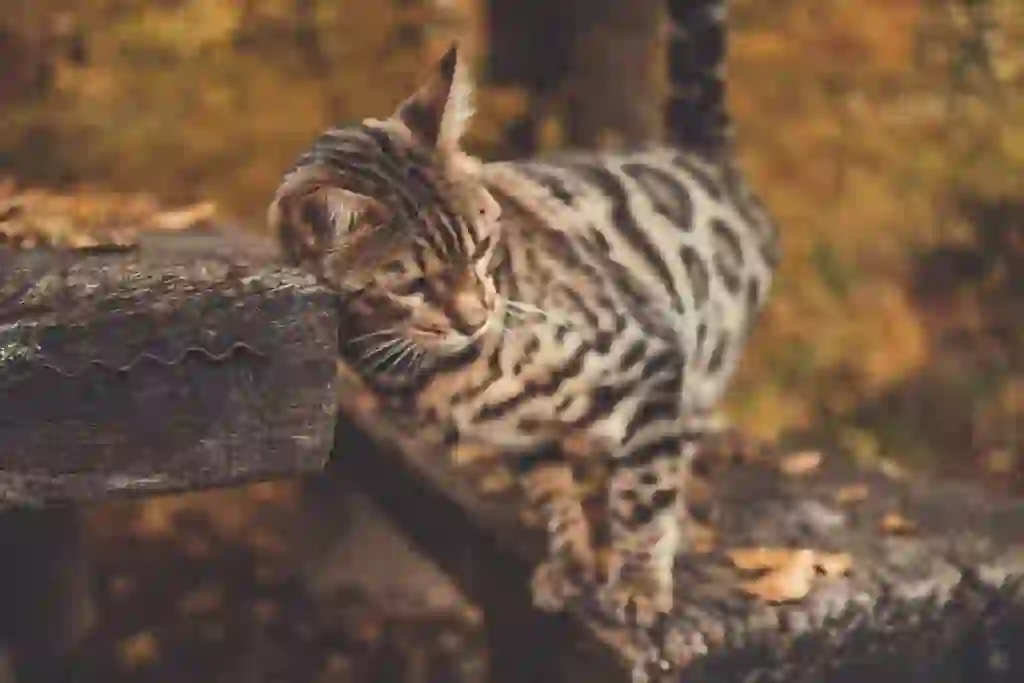
Learn more about Bengal's personality and traits!
Bengal cats, with their wild appearance, are said to have many strong-willed individuals. However, they also have a gentle personality and are said to be obedient and friendly to their owners.
In addition, they have a very active personality compared to other breeds, so they require a lot of exercise every day. They love to run around, so they don’t sit still very often. Bengals especially like high places, so it’s better to choose a cat tower with height if you want to place one.
Above all, it is important to create an environment where they can exercise sufficiently because there is a risk of accumulating stress if there is not enough space for them to move around.
Bengal cats, who love to play with their owners, are said to be difficult to keep in households where people live alone and are often away from home, or where there are small children or elderly people who need care.
It is desirable to have a family structure that can spend a lot of time with Bengal cats and a spacious living environment for keeping them.
Multi-cat households are generally difficult to manage. However, it is possible to keep Bengal cats together if they are siblings or parent-child pairs.
Because there are many things to be aware of when keeping Bengal cats, they are considered a breed for advanced cat owners who are familiar with feline behavior.
Male cats tend to be more affectionate and gentle than females. This tendency is emphasized even more after neutering. On the other hand, females tend to be cooler and more reserved.
If you want to play with an affectionate Bengal cat all the time, a male cat may be better. If you want to live with a cat at a moderate distance, a female cat may be better.
Of course, there are individual differences in personality, so it is possible for the temperament of males and females to be reversed. It is best to remember this as a reference only.
Bengal cats are said to be a breed that is less likely to cause “cat allergies.” Such cats are called “hypoallergenic cats,” and other breeds such as “Russian Blue” and “Devon Rex” are also members of this group. In the case of Bengal cats, they groom themselves less than other cats, and their shedding hair and saliva, which can cause allergies, are less likely to spread.
However, whether or not allergy symptoms occur varies from person to person, so it cannot be said with certainty that they are completely safe. It is more like “less likely to cause allergies compared to other cats.” Therefore, if you have symptoms of cat allergies, it is recommended that you consult a doctor before keeping a Bengal cat. ※When keeping animals, it is necessary to follow the laws established by each country.
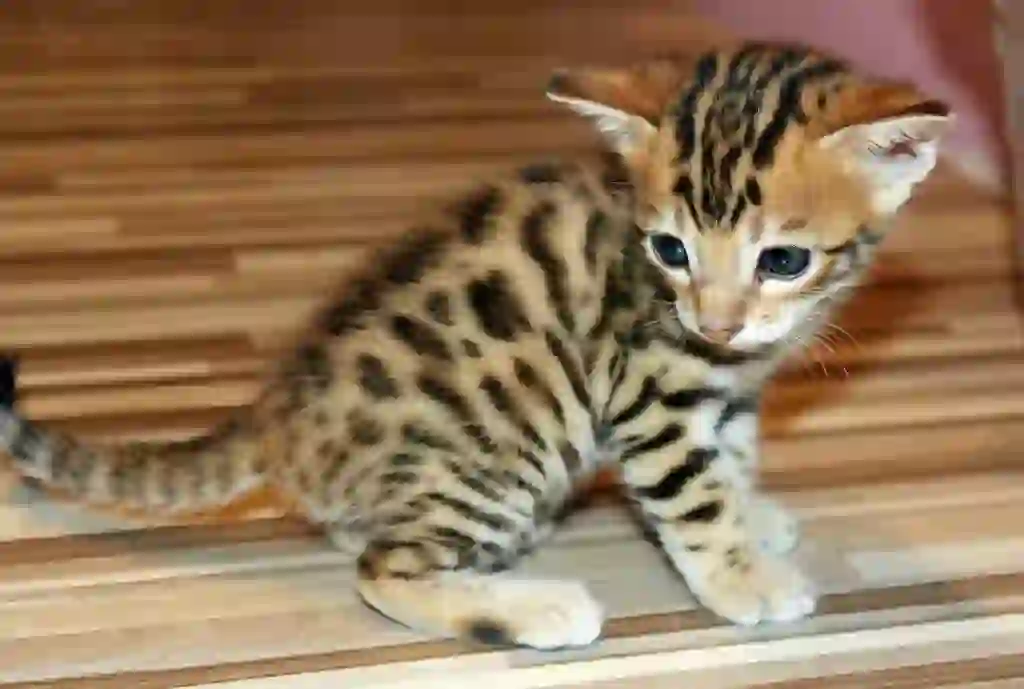
What diseases are Bengal susceptible to?
Bengal cats are said to have fewer hereditary diseases than other breeds.
However, it is advisable to be careful about “corneal inflammation,” “lower urinary tract disease,” and “chronic kidney disease.”
Corneal inflammation is a disease in which the cornea of the eye becomes inflamed. It usually occurs when the eye is damaged for some reason, but it can also occur when infected or due to allergies.
Especially since Bengal cats are active and move around a lot, they often hit walls and other objects, causing damage to their eyes and leading to corneal inflammation.
If left untreated, the inflammation can worsen and lead to vision loss or blindness. Therefore, if you notice anything unusual with your cat’s eyes, such as discoloration or discharge, it is recommended that you take them to a veterinarian immediately.
“Urinary tract disease” is a general term for diseases that all cats are prone to. Specific diseases include “urinary tract stones” and “cystitis.”
Cats have not developed a habit of drinking a lot of water due to their ancient origins. As a result, they are more likely to develop urinary tract diseases because their kidneys are under more stress.
This stress on the kidneys can also lead to the development of “chronic kidney disease.” This is a disease in which inflammation occurs in the kidneys due to aging or other causes, and eventually they stop functioning.
To prevent chronic kidney disease, it is desirable to receive regular health checkups.
At present, there is no groundbreaking treatment, so it is difficult to cure the disease completely. However, if detected early, it is possible to slow down the progression of the disease with symptomatic treatment.
In addition, there are daily habits that can help prevent the disease, such as using a circulating water dispenser, feeding wet food that contains a lot of moisture, and not giving too many treats. Please try to keep these things in mind.
※Hereditary diseases are diseases caused by mutations in chromosomes or genes.
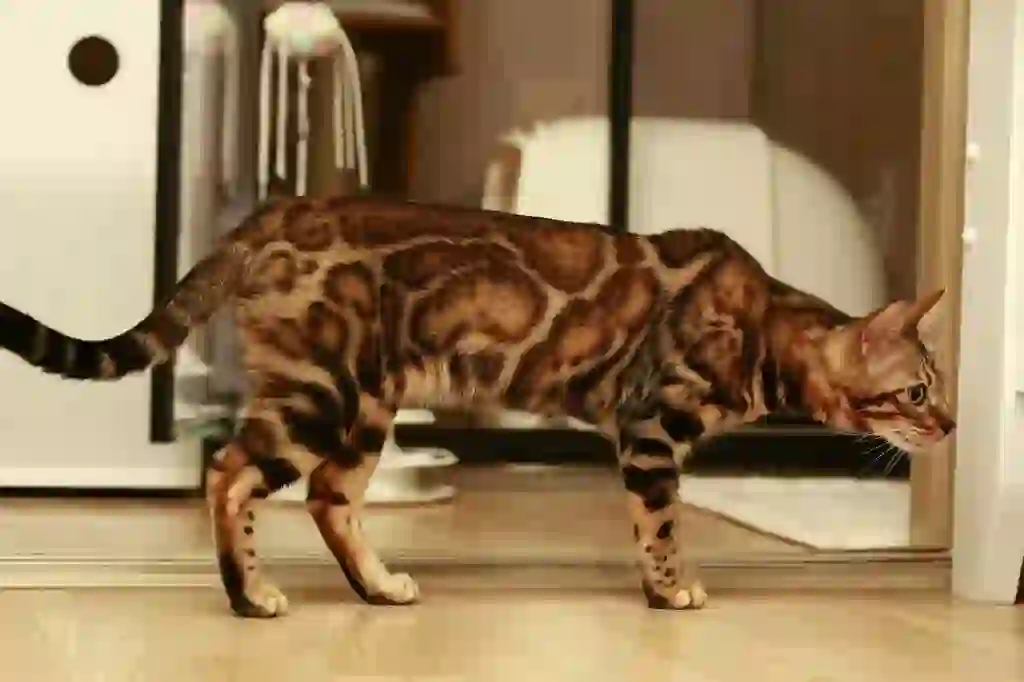
What is the lifespan of a Bengal?
Bengal cats are said to have a lifespan of around 14 years. This is slightly shorter than the average lifespan of cats, which is 12-16 years.
However, if you are aware of the diseases that they are prone to and take care of them accordingly, there is a good chance that they can live for more than 20 years.

Would you like to become a part of the 'Animalbook.jp'?
Turn your knowledge into Q&A and share it with the world. ※Publication will be activated after purchase. Let's share information together!
Bengal Type of List
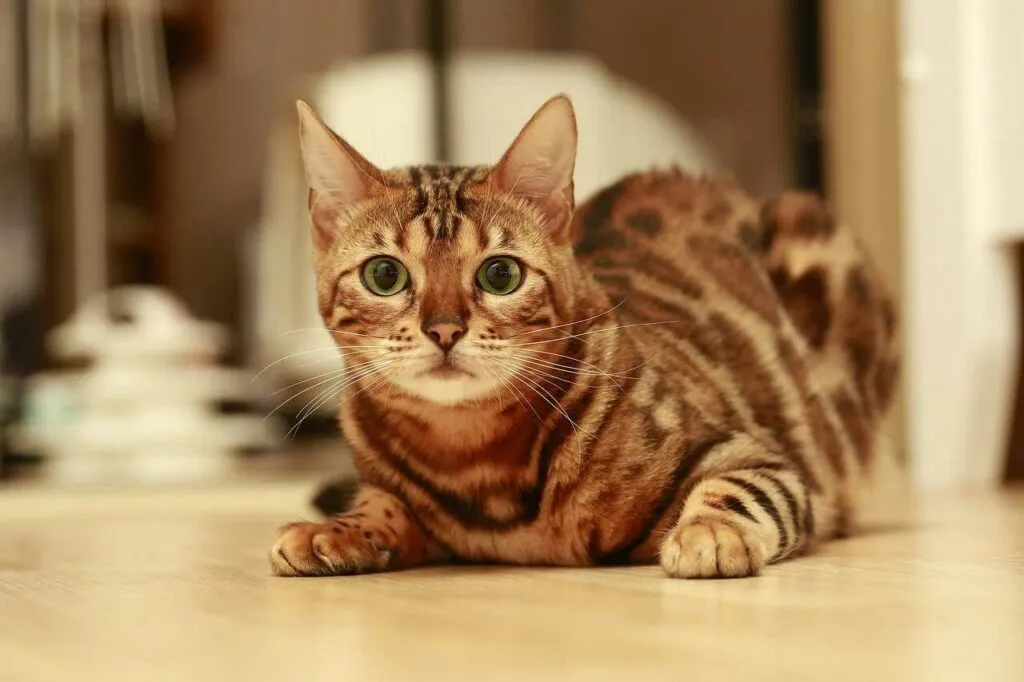
- Bengal
Information
Congratulations! You are the first commenter!

Create Your Favorite List!
Bengal
Save the animals you love! Build your own list to quickly revisit your favorites later.

Would you like to leave a comment?
※Please note: This is for the purchase of rights to post comments within the article.
Find Your Favorites!
Our shop offers a unique and attractive selection of goods themed around various animals.
Bengal References

- まるごとわかる猫種大図鑑 監修:CFA公認審査員 早田由貴子
- 世界中で愛される美しすぎる猫図鑑 監修 今泉忠明
- The Cat Fancier's Association, Inc. https://cfa.org/bengal/
- 猫との暮らし大百科 https://www.anicom-sompo.co.jp/nekonoshiori/
- みんなの猫図鑑 https://www.min-nekozukan.com/
- Pet Smile news for ネコちゃん http://psnews.jp/cat/
- 子猫のへや https://www.konekono-heya.com/sitemap.html
- Angel Rose Bengals http://www.angelrose.co.jp/index.htm
- ねこの飼い方 ペットグッチョイス https://cat.pet-goodchoice.com/
- いぬと暮らす、ねこと暮らす。アクサダイレクト https://www.axa-direct.co.jp/pet/pet-ms/detail/5924/
- ねこちゃんホンポ https://nekochan.jp/
- 公益社団法人 埼玉県獣医師会 https://www.saitama-vma.org/topics/猫の遺伝性疾患について/
Bengal Introduction of media used

出典:https://pixabay.com/images/id-4345889/

出典:https://pixabay.com/images/id-4111686/

出典:https://unsplash.com/photos/q_repJO7xPA

出典:https://pixabay.com/images/id-4017406/

出典:https://pixabay.com/images/id-4031800/

出典:https://unsplash.com/photos/ZkRGyLcpWQY

出典:https://pixabay.com/images/id-1056695/

出典:https://pixabay.com/images/id-4345891/

Help Enrich Our Animalbook.jp with Your Media!
We are constantly looking to expand and enrich our Animalbook.jp with amazing photos and videos of animals. If you have any media that you'd like to share, please contribute and help us showcase the beauty and diversity of the animal kingdom. Your submissions will be credited and featured in our encyclopedia, reaching a wide audience of animal lovers.


















